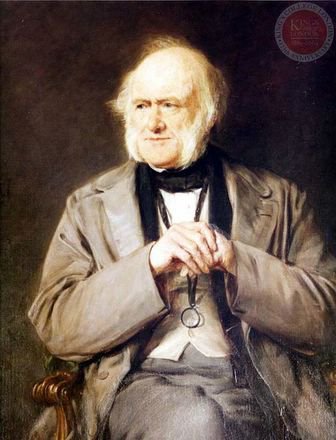Cyanophora paradoxa Genome Elucidates Origin of Photosynthesis in Algae and Plants. 2012. D.C. Price, et al. Science 335: 843-847.
Atmospheric oxygen really took off on our planet about 2.4 billion years ago during the Great Oxygenation Event. At this key juncture of our planet’s evolution, species had either to learn to cope with this poison (O
2)that was produced by photosynthesizing cyanobacteria or they went extinct. It now seems strange to think that the gas that sustains much of modern life had such a distasteful beginning.
So how and when did the ability to produce oxygen by harnessing sunlight enter the eukaryotic domain, that includes humans, plants, and most recognizable, multicellular life forms? One of the fundamental steps in the evolution of our planet was the development of photosynthesis in eukaryotes through the process of endosymbiosis.
This crucial step forward occurred about 1.6 billion years ago when a single-celled protist captured and retained a formerly free-living cyanobacterium. This process, termed primary endosymbiosis, gave rise to the plastid, which is the specialized compartment where photosynthesis takes place in cells.
Basic understanding of much of the subsequent evolution of eukaryotes, including the rise of plants and animals, is emerging from the sequencing of the
Cyanophora paradoxa genome, a function-rich species that retains much of the ancestral gene diversity shared by algae and plants. New research provides conclusive evidence that all plastids trace their origin to a single primary endosymbiosis.
link
 comparative anatomy with the publication of two landmark volumes (in 1828 and 1837) covering the range of existing knowledge of the prebirth developments of vertebrates.
comparative anatomy with the publication of two landmark volumes (in 1828 and 1837) covering the range of existing knowledge of the prebirth developments of vertebrates. 









